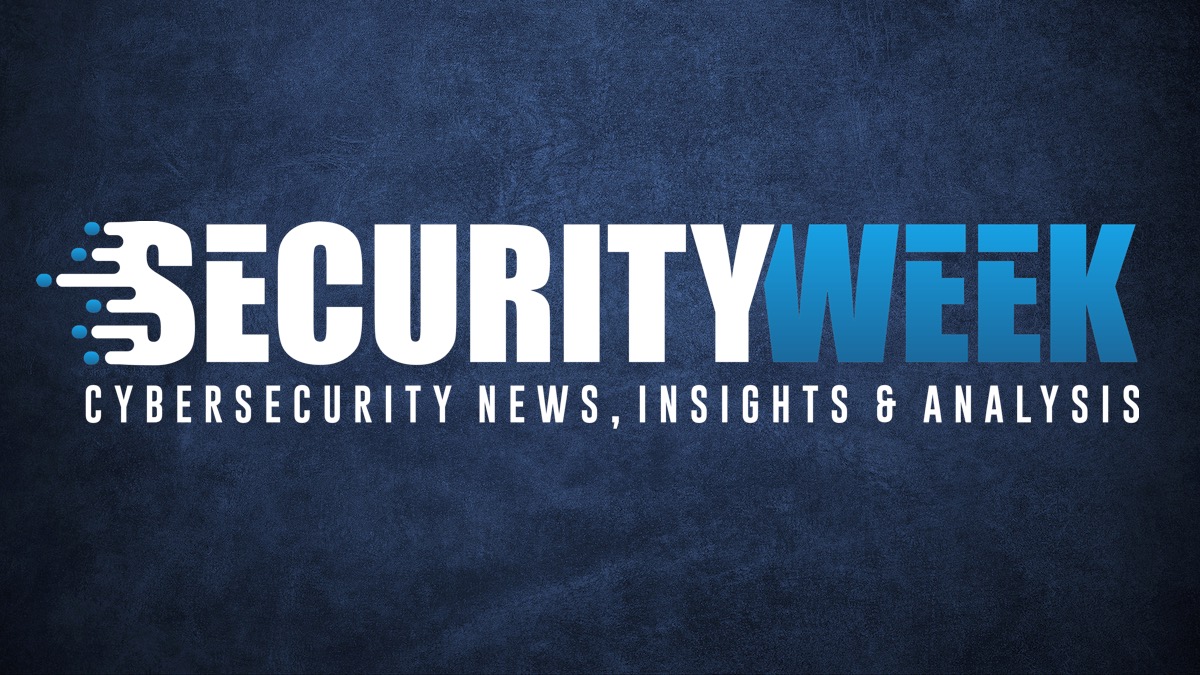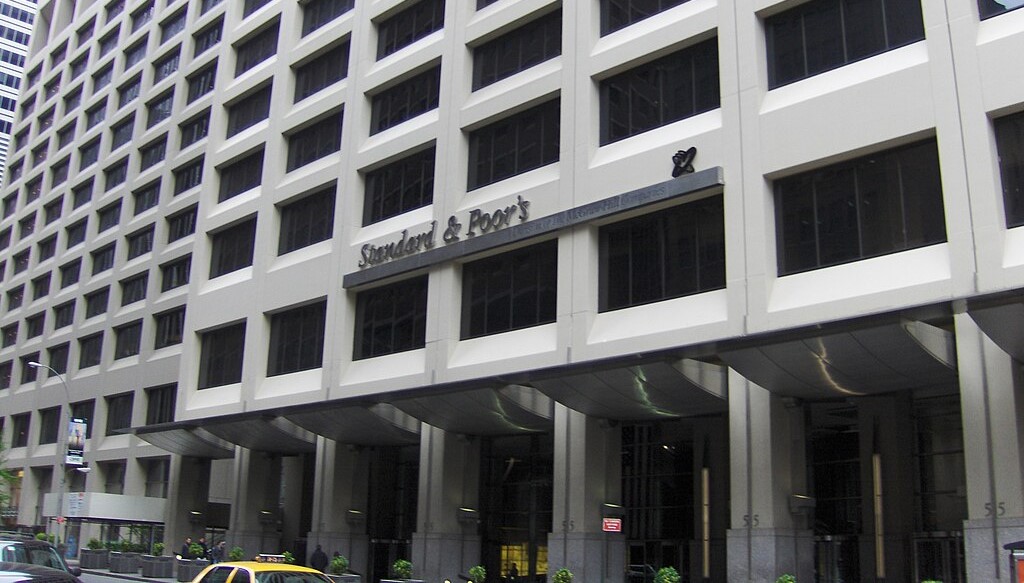Key Takeaways:
I. AI’s explosive compute demand is driving grid instability, creating critical single points of failure and cyber-physical vulnerabilities unprecedented in digital infrastructure history.
II. Regulatory arbitrage and fragmented energy policies are enabling demand-response manipulation, mispricing grid risk, and compounding both ESG and cyber threats.
III. The convergence of OT/ICS vulnerabilities, new distributed energy resources, and market-driven grid expansion creates an expanded attack surface that legacy cybersecurity models cannot address.
Amid a global tech market poised at $18.7 trillion in 2024, AI’s exponential compute requirements are transforming grid dynamics into a central strategic risk. The five largest tech firms, controlling 65% of industry market cap, are projected to increase data center electricity consumption by 160% through 2030, driving demand for 45 GW in new US power capacity—equivalent to 34 million homes. This concentration of compute and energy intensifies cyber-physical attack surfaces and regulatory arbitrage risk, while grid instability becomes a board-level concern for every AI-driven business. The resulting feedback loop—where infrastructure, regulation, and security converge—presents a trillion-dollar risk vector for both investors and operators, far outpacing the shallow discourse of conventional market analysis.
The Compute Conundrum: Grid, Cyber, and Physical Failure Cascades
AI-centric data centers are set to consume 8% of total US electricity by 2030, up from 3% in 2023, with hyperscaler clusters such as in Northern Virginia and Texas demanding over 6 GW each—exceeding the total grid capacity of many mid-sized European nations. This hyper-concentration creates not only ‘single points of failure’ for compute availability, but also exposes critical infrastructure to grid instability and denial-of-service attacks via targeted disruptions in power transmission. The resulting cyber-physical risk profile far surpasses traditional digital-only threats, demanding board-level attention and a new operational risk calculus.
The environmental cost of this demand is compounded by energy sourcing: over 60% of new AI data center power is projected to be supplied by methane gas peaker plants, contributing an additional 25 million metric tons of CO2e annually. However, the strategic risk extends beyond emissions. These gas plants are often operated by regional utilities with legacy OT/ICS systems, which lack mature cybersecurity frameworks. Compromising their operational technology could cascade into widespread outages, as attackers pivot from digital to physical grid disruption, undermining both reliability and ESG objectives.
Thermal management and cooling infrastructure now represent a critical attack surface. Liquid cooling, necessary for next-gen AI chips exceeding 700W per socket, increases not only capital expenditure by 30-40% but also the complexity of environmental controls. A cyberattack compromising cooling system PLCs (programmable logic controllers) could induce localized overheating, resulting in hardware failure, data corruption, and multi-hour or multi-day outages. Recent ICS security assessments show 42% of surveyed data centers lack robust segmentation between IT and OT networks—an exploitable vulnerability for adversaries seeking to disrupt AI services at scale.
Current demand-response programs, intended to stabilize the grid, are increasingly manipulated by large AI operators to secure preferential energy rates during peak stress periods. This creates a regulatory arbitrage vulnerability—effectively a hidden subsidy for energy-intensive compute—which incentivizes inefficient grid usage and increases systemic risk for all connected critical infrastructure. As of 2025, grid operators report that 17% of load balancing events in major US regions are now triggered by AI data center behaviors, a 4x increase from 2022, underscoring the scale of the risk mispricing.
Strategic Re-Evaluation: Redefining Value and Risk for AI Infrastructure
The financial stakes are massive: AI services are projected to drive $920 billion in annual revenue globally by 2040, but this value is inextricably linked to the resilience of the underlying physical infrastructure. Locational risk is now a primary determinant of enterprise value, with Texas alone approving 15 GW of new data center capacity—yet 70% of this is concentrated in just three counties. This overconcentration exposes operators to power price volatility, supply chain disruption, and targeted physical or cyber attacks, creating a new asset class of grid-dependent business interruption risk.
On-site generation using microgrids and direct PPAs (power purchase agreements) with renewable or gas assets is emerging as a strategy to hedge against grid uncertainty. However, these distributed energy resources (DERs) introduce new industrial control system (ICS) and OT attack surfaces, often lacking standardized security frameworks. In 2024, 62% of new microgrid deployments reported at least one cyber incident or attempted compromise, highlighting an urgent need for OT/ICS cybersecurity expertise and supply chain controls, especially as regulatory standards lag behind technological adoption.
Location selection for AI infrastructure is further complicated by fragile grid infrastructure and variable renewable energy quality. For example, Georgia and Ohio offer sub-$40/MWh power but experience twice the average outage hours per year compared to California. These regional disparities necessitate comprehensive site selection due diligence, integrating NIST CSF or CISA-aligned risk assessments, community impact modeling, and scenario-based vulnerability analysis. Firms that operationalize this multi-factor diligence will achieve superior risk-adjusted returns and regulatory favorability.
The legislative landscape is highly fluid: in Virginia, 2024 saw three major bills proposing stricter data center oversight shelved following aggressive lobbying, revealing a governance gap and the risk of regulatory capture. This creates long-term compliance uncertainty, as operators may face retroactive standards or sudden policy reversals. Proactive regulatory intelligence and engagement are now critical to anticipating and mitigating both direct compliance costs and reputational risks in volatile political environments.
Grid Modernization, Renewables, and the Expanding Cyber Attack Surface
The transition to renewables and distributed grid assets, driven by ESG and cost imperatives, is fundamentally reshaping the cyber threat landscape for AI infrastructure. Each newly integrated solar, wind, or battery facility adds entry points for ransomware, supply chain, and denial-of-service attacks targeting energy supply to AI data centers. In 2024 alone, reported cyber incidents on US grid-connected renewables rose by 180% year-on-year, with 23% directly attributed to vulnerabilities in OT and ICS components. This proliferation of attack vectors demands a holistic, threat-informed defense architecture that extends well beyond legacy IT security models.
Grid modernization initiatives, including advanced demand-response, real-time monitoring, and AI-driven grid optimization, are simultaneously creating new operational efficiencies and regulatory compliance obligations. However, these digital innovations also increase the complexity of securing critical infrastructure, as legacy regulatory frameworks have not kept pace with the convergence of digital, physical, and market risks. Policymakers and operators must urgently collaborate on dynamic regulatory models, integrating adaptive compliance, cyber resilience, and supply chain risk management to future-proof AI-driven economic growth.
Redefining Enterprise Value for the AI-Grid Era
AI’s energy and infrastructure demands have turned grid resilience, cyber-physical security, and regulatory agility into core determinants of enterprise value and national competitiveness. The convergence of OT/ICS risk, regulatory arbitrage, and public scrutiny is redefining where capital flows, how risk is priced, and which firms can sustainably scale AI services. For investors and operators, the new alpha lies in integrating cyber, energy, and policy intelligence—moving beyond traditional digital strategies to secure the physical backbone of the next trillion dollars in economic value. Those who fail to adapt will face not just reputational fallout, but existential threats to operational continuity and market relevance.
----------
Further Reads
I. Data centers pose energy challenge for Texas
III. Data Centers in Texas: Powering the Future or Overloading the Grid?




